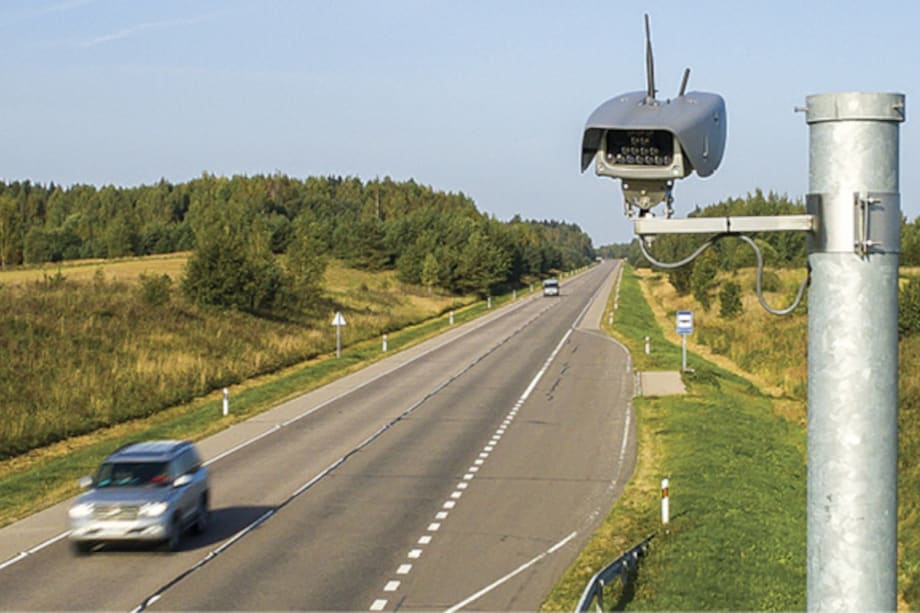IoT is integral to the way Smart Cities technology functions. Thanks to IoT-enabled devices constantly collecting data and feeding it into analytics platforms, officials can make better-informed decisions in improving a variety of services.
Potentially Limitless
Technologists envision data inputs from ALPRs (on stationary mounts as well as police patrol vehicles), gunshot detection systems, traffic light cameras, surveillance cameras, in-car and body-worn police cameras, in-car systems like GPS and OnStar, railway switching stations and road crossings, as well as countless Internet-connected personal wrist watches, mobile phones, tablet computers, and myriad other devices, supplying emergency responders with critical public safety information. For example, areas prone to flash flooding could have data pouring in (no pun intended) from water-level detection systems so police can be alerted to aid victims attempting to escape the waters. They see cities lying near or on geological fault lines tied into the data collection networks operated by the United States Geological Survey. They also see potentially limitless possibilities—possibilities that come with several important caveats.
One such technologist is Morgan Wright, a former state trooper and detective for 18 years, and currently chief security advisor for SentinelOne, a California-based cybersecurity startup.
Wright believes that video surveillance cameras will be among the first devices to be tied into Smart Cities networks around the country. He thinks that other existing technologies such as ALPRs, traffic monitors, and other sensors will soon follow suit.













